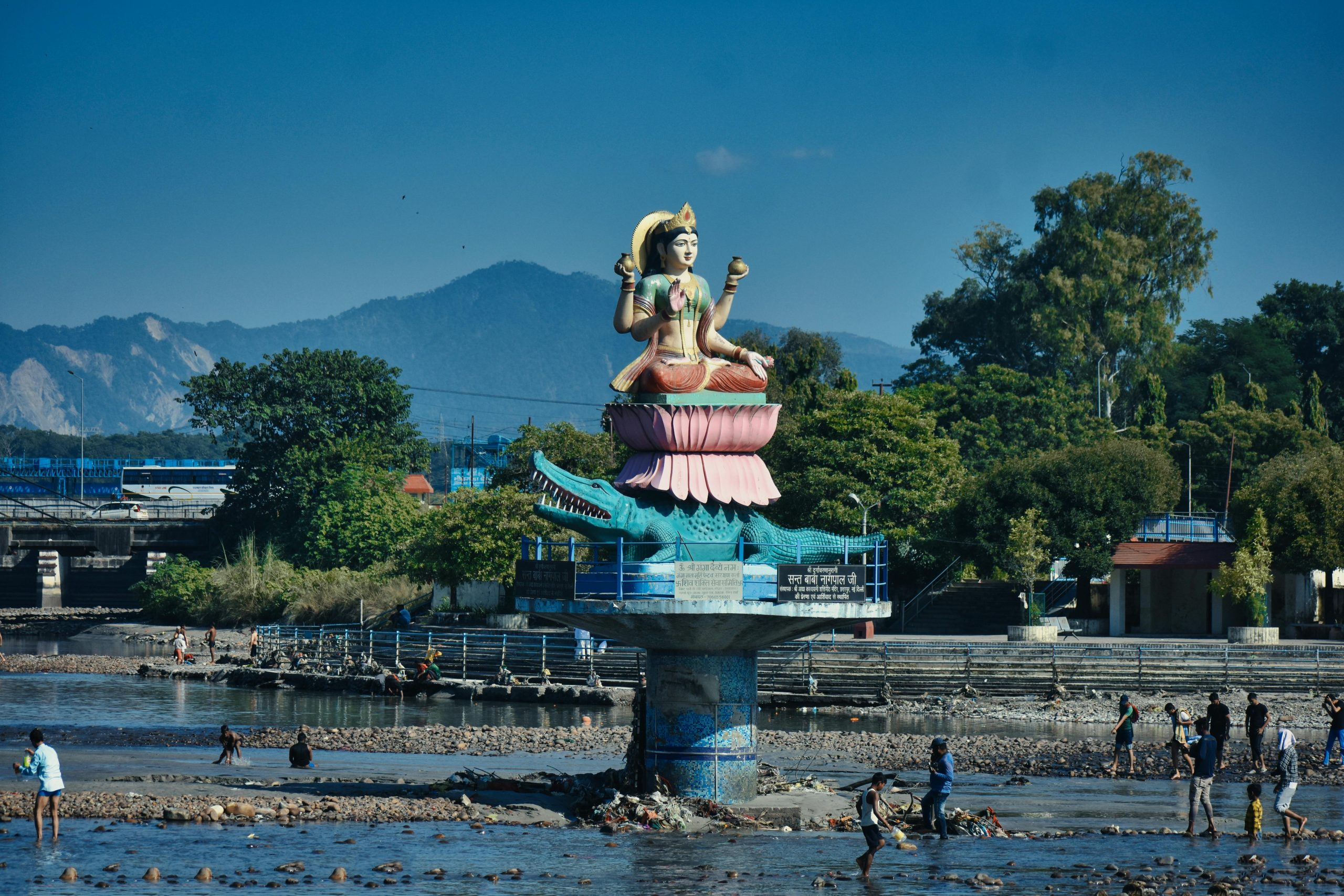The Evolution of Religious Tourism: From Pilgrimage to Spiritual Journeys
The concept of religious tourism has been a part of human history since ancient times. It involves traveling to sacred destinations for spiritual purposes, such as pilgrimage, worship, and personal reflection. For many years, religious tourism was primarily associated with pilgrimages to holy sites and places of worship. However, over time, it has evolved into something more than just a journey of faith. In recent years, there has been a shift towards spiritual journeys, where the focus is more on personal growth and self-discovery. This transformation has been described as the evolution of religious tourism, from pilgrimage to spiritual journeys.
The Emergence of Religious Tourism
The origins of religious tourism can be traced back to ancient civilizations. In the early days, people embarked on religious journeys to seek spiritual fulfillment and connect with their deities. The ancient Egyptians, for example, went on pilgrimages to temples and tombs to honor their gods and goddesses. Similarly, the Greeks traveled to Delphi to consult the oracle and seek guidance from the gods.
As organized religions emerged, religious tourism took on a more structured form. Christianity, Judaism, and Islam all have sacred sites that attract millions of pilgrims every year. These holy places hold great significance as they are associated with the lives of prophets and saints, making them desirable destinations for people seeking spiritual experiences.
The Rise of Pilgrimage Tourism
For centuries, religious tourism has been synonymous with pilgrimages to holy sites. Pilgrimages are a form of religious tourism where travelers undertake a journey to a sacred place with the sole motivation of expressing devotion, faith, and spiritual connection. These journeys can be short or long, and they are often physically demanding, involving walking, fasting, and other rituals.
The most well-known pilgrimage sites include Mecca, Jerusalem, Varanasi, and Santiago de Compostela. These destinations attract millions of pilgrims every year and have become a significant contributor to the global tourism industry. In addition to their spiritual significance, these sites also have a cultural and historical value, making them popular tourist attractions.
The Shift towards Spiritual Journeys
In recent years, there has been a noticeable change in the motivation behind religious tourism. While pilgrimages are still popular, there has been a shift towards more personal and spiritual journeys. These spiritual journeys focus on inner transformation and self-discovery, rather than just religious devotion.
One of the main drivers of this shift is the modern-day traveler’s quest for experiential and meaningful travel experiences. Many people are no longer satisfied with superficial tourist attractions and are seeking deeper connections with the places they visit. This has led to the rise of spiritual tourism, where travelers engage in activities like yoga, meditation, and mindfulness practices to connect with themselves and the universe.
The Impact on Religious Tourism
The evolution of religious tourism has had a significant impact on the industry. It has opened up new opportunities for destinations and businesses to tap into the growing market of spiritual travelers. Many religious sites have expanded their offerings to include wellness and spirituality programs to cater to this demographic.
Moreover, the shift towards spiritual journeys has also contributed to the development of sustainable tourism practices. As travelers become more mindful of their impact on the environment, there has been a growing demand for responsible and eco-friendly tourism experiences. This trend has led to the preservation and conservation of many sacred sites, ensuring that they remain accessible to future generations.
The Future of Religious Tourism
The evolution of religious tourism is an ongoing process, and the concept will continue to evolve in the future. As technology advances, there may be new ways to experience sacred places and engage in spiritual practices virtually. However, the importance of physical journeys and the personal connection they provide will remain.
Furthermore, as people become more spiritually conscious and seek deeper connections, religious tourism is expected to continue to grow. This growth will go beyond traditional pilgrimages and spiritual journeys and may include activities like voluntourism, where travelers combine spiritual practices with community service.
In Conclusion
The evolution of religious tourism has transformed the industry, from traditional pilgrimages to more personal and meaningful spiritual journeys. It has also had a positive impact on destinations, businesses, and the environment, making it a significant contributor to the global tourism industry. As the concept continues to evolve, one thing is certain – the desire for spiritual experiences and inner transformation will always be a part of human nature.







